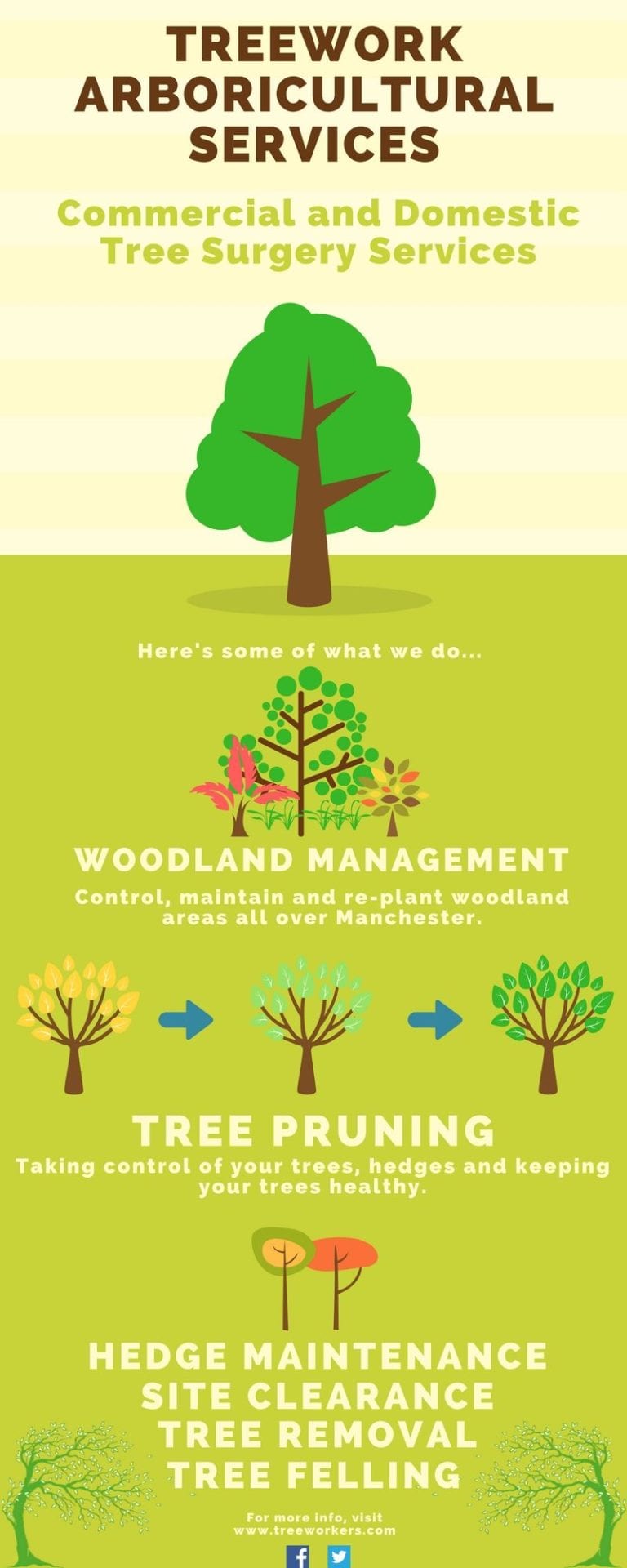Determining The Right Time For Tree Removal - An Overview For Homeowners
Determining The Right Time For Tree Removal - An Overview For Homeowners
Blog Article
Web Content Writer-Hermansen Crowder
Trees include beauty and worth to building, yet they can likewise pose a threat during severe weather occasions. If a tree has actually stopped expanding, is showing noticeable fungal growth, or has a leaning trunk, it must be removed by a specialist to avoid residential property damage and injury.
For https://howtostoptreestumpfromspr29406.blogdal.com/29746682/selecting-in-between-do-it-yourself-and-hiring-a-professional-for-tree-elimination , participate in a homeowner resource reasonable co-hosted by HPD, the Center for New York City Neighborhoods, and Brooklyn-based housing companions this night in Bedford-Stuyvesant. low maintenance garden design will feature the House owner Manual, a new guide to help property owners browse the responsibilities of having a home.
1. Dead or Dying Branches
Trees are an integral part of your home's landscape, providing shade and charm. They also offer sanctuary for wild animals and create oxygen, yet also healthy and balanced trees can experience health issue that might require their elimination. Dead or dying trees aren't just unattractive, they can be dangerous. Their branches can drop throughout a storm, bring about pricey property damage and injuries.
When a tree's branches start to die, it suggests that its framework is starting to break down. If the majority of its branches are dead, it is most likely time to remove it.
Search for a lack of new development, bark peeling, open wounds or tooth cavities, fungis expanding on the trunk or roots and a general appearance of decay in the entire canopy. These indications of infection can suggest a significant trouble that will certainly require expert tree services to fix.
2. Leaning Trunk
While it's normal for trees to lean once in a while as a result of phototropism, if a tree has an unsafe or serious lean that's not due to natural processes - maybe an indication that the tree needs to be eliminated. If the tree is favoring a power line, home, car, play structure or any other area that could be hazardous to people if it drops, then contacting an expert tree solution for removal ought to be a leading priority.
It's likewise important to expect any sudden changes in a tree's leaning as it can suggest damages to the origins or trunk that might cause dropping. This is particularly true during thundercloud, since high winds and rain-soaked dirt can trigger a lean to change swiftly. Regular surveillance, especially throughout and after tornados can assist homeowners identify prospective issues with their trees so they can call an arborist for an extensive analysis.
3. Pest Problem
Some pest invasions, such as wood-boring bugs like emerald ash borer or sap-suckers like scale bugs, are so serious that they can trigger a tree to die. The most effective way to prevent pest infestation is to monitor your trees on a regular basis. Look for places, openings, or discolorations in the leaves and bark. Analyze the trunk for fractures and signs of insect damages, such as passages or tracks.
If please click the following internet site comes to be also infested with parasites, or is close to a home or high-voltage line, an arborist may recommend elimination. If a leaning tree creates a new, unstable lean, an arborist will likely recommend removal as well to guarantee the safety and security of individuals and residential or commercial property. If a weakened or dead tree continuously drops extreme branches, it is an indicator that it is time to eliminate the tree. If a tree continues to drop branches for a prolonged period of time, it might cause structural troubles and possible residential or commercial property damage.
4. Harmed Trunk
Trees are an attractive and vital part of our landscape, but they do need routine like maintain them healthy and safe. If a tree is harmed irreparable it is most likely time for it to come down.
Try to find signs of damages to the trunk, including vertical splits, seams, dead branch stubs, noticeable injuries or open cavities and severe tree-rot. The existence of fungis at the base of the trunk is an additional alerting indicator. Fungis may indicate that the phloem and xylem (life-support tissues) are jeopardized, permitting the spread of disease or a future failing.
Also, think about whether the tree has quit growing. Healthy trees will have brand-new development annually, which might show up as buds or branches growing and expanding. If you don't see any kind of brand-new development, it's an excellent idea to have an arborist review the tree and follow their referral for elimination. A dying or harmed tree can fall and trigger property damage.